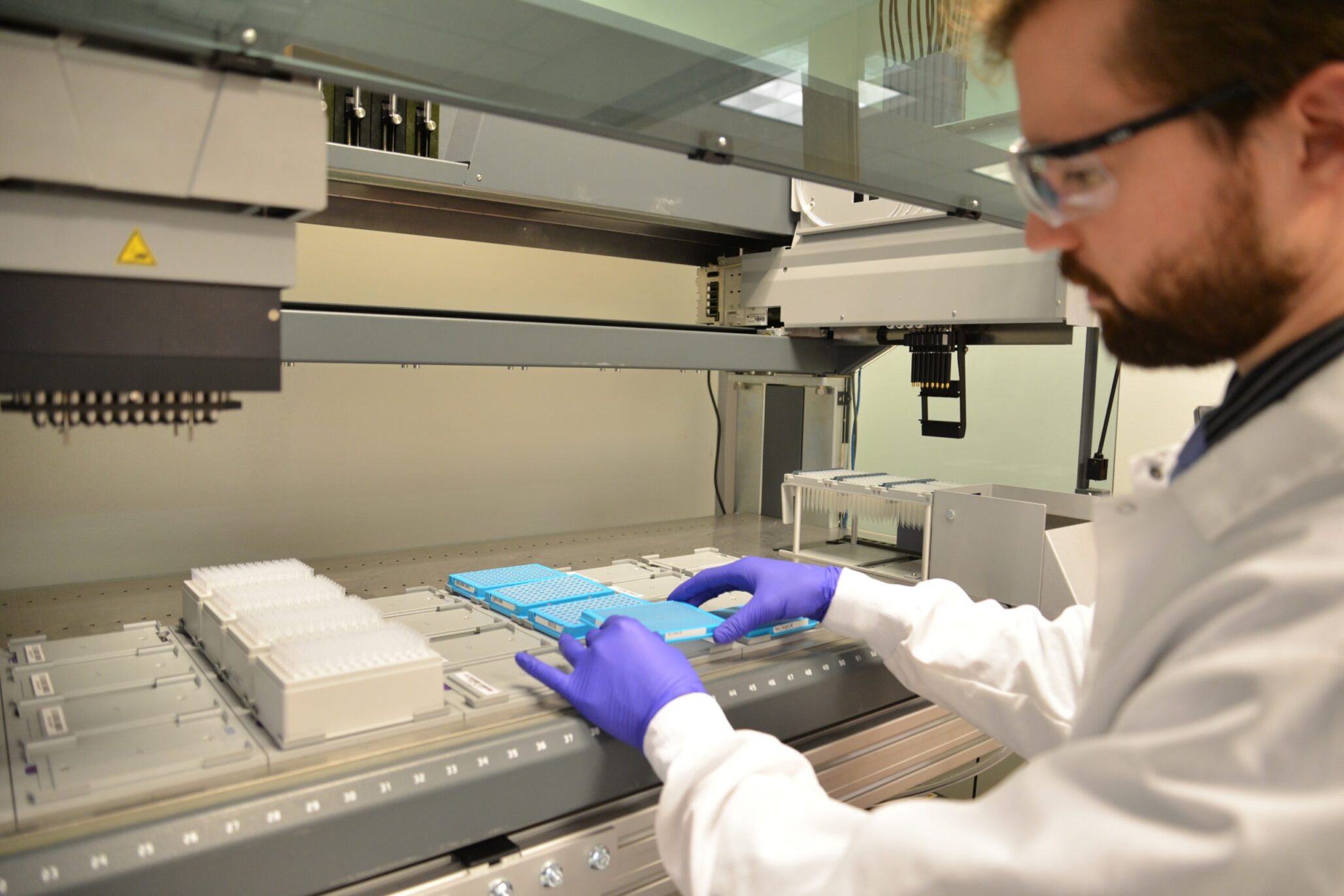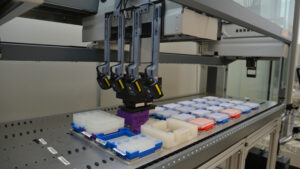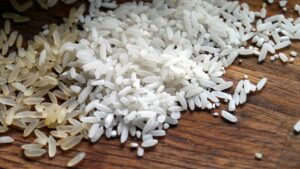Genomics technology has jumped ahead by leaps and bounds in recent years. However, the continuing high cost of high-density arrays keeps it out of reach for many seed producers and breeders. Over the past year, Agriplex Genomics has been working with several groups of scientists to develop customized SNP panels that amalgamate multiple molecular marker research and quality assurance priorities into multi-purpose, cost-effective multiplexed assays. Here’s how custom panels work, and how they might suit your program too.
The panel creation process starts with researchers, seed producers, and industry experts each identifying and submitting their own key trait marker and genetic purity diagnostic marker SNPs of interest.
“It’s almost like Stone Soup: everyone brings something to the party,” says Scott Weigel, vice president at Agriplex Genomics.
Working as a kind of middleman, Agriplex Genomics then multiplexes all of these SNPs into a single panel. For example, the International Rice Research Institute (IRRI) created a rice panel that contains 956 SNPs. 838 of the SNPS come from the Cornell 6K Array Infinium Rice chip and the 3,000 Rice Genomes Project. These markers are evenly distributed throughout the rice genome and were chosen for applications that require genomic screening. Additionally, the panel includes 96 trait-related markers associated with 58 different important genes and quantitative trait loci (QTL) reported in the literature, and 22 purity SNPs chosen for their discriminatory ability amongst elite material, and used in determination of genetic purity, identity, and hybridity. After IRRI created the panel, Agriplex multiplexed these SNPs.
“We take all those pieces, combine them together and multiplex them as a single series. That means everyone gets what they need at a more effective cost,” says Weigel.
The resulting panel is a win for all. Researchers can use the panel to accurately select individuals of interest early in a breeding program, shortening the number of selection cycles needed, reducing time-to-market for new lines, and lowering the overall cost of breeding. Seed producers can use the panel as an incredibly efficient way to assess seed quality parameters including genetic purity, trait confirmation, and adventitious presence. The panel also benefits the industry at large, providing a consolidated resource of a species’ most relevant genetic markers to the industry as a whole, supporting the overall improvement of crop and livestock breeding into the future.
Once the panel is created, it can be put to work in a wide variety of applications. Arguably the most important is for screening the genome. The panel also supports breeding and classification of germplasm, QTL analysis for biparental populations, and assessment of background recovery in marker assisted backcrossing applications.
Just as germplasm changes and evolves, so too a panel needs to be updated. To stay relevant to the scientific community, panels will constantly evolve. For example, Agriplex Genomics has produced four generations of rice panels over the past year, each building on the previous.
Working closely with researchers, Agriplex Genomics is in the process of completing SNP panels for rice, tomatoes, soy, cannabis and cattle, among others. Panels can be created for any species of interest: plant or animal.
“Jellyfish? Sure, why not? That would be pretty neat,” says Weigel.
For more information, contact Dr. Benjamin Kaufman, Director of Operations at Agriplex Genomics, at bkaufman@agriplexgenomics.com.
For more information about the IRRI 1k-RiCA V.2 rice panel, contact Dr. J. Damien Platten, Head of Native Trait Discovery and Deployment at IRRI, at J.Platten@irri.org.












